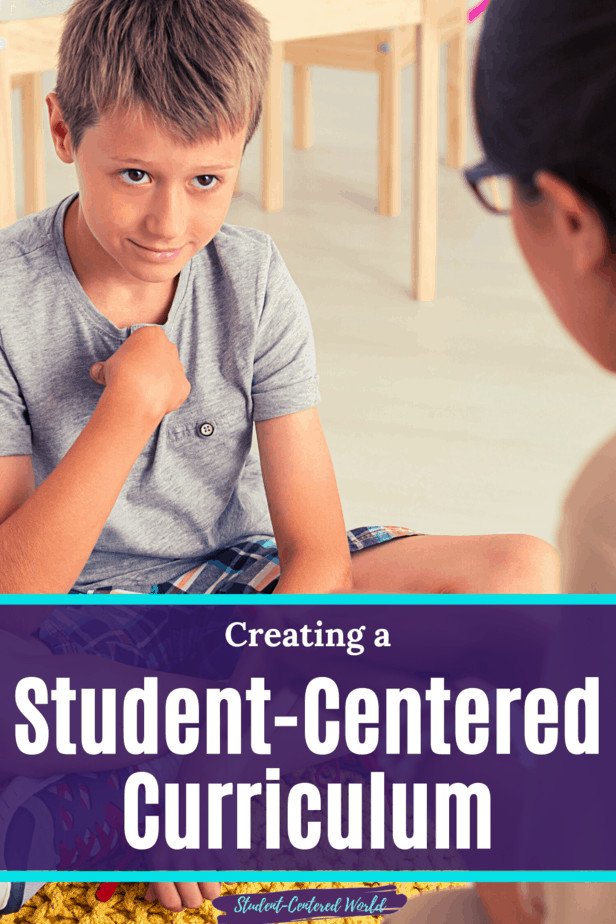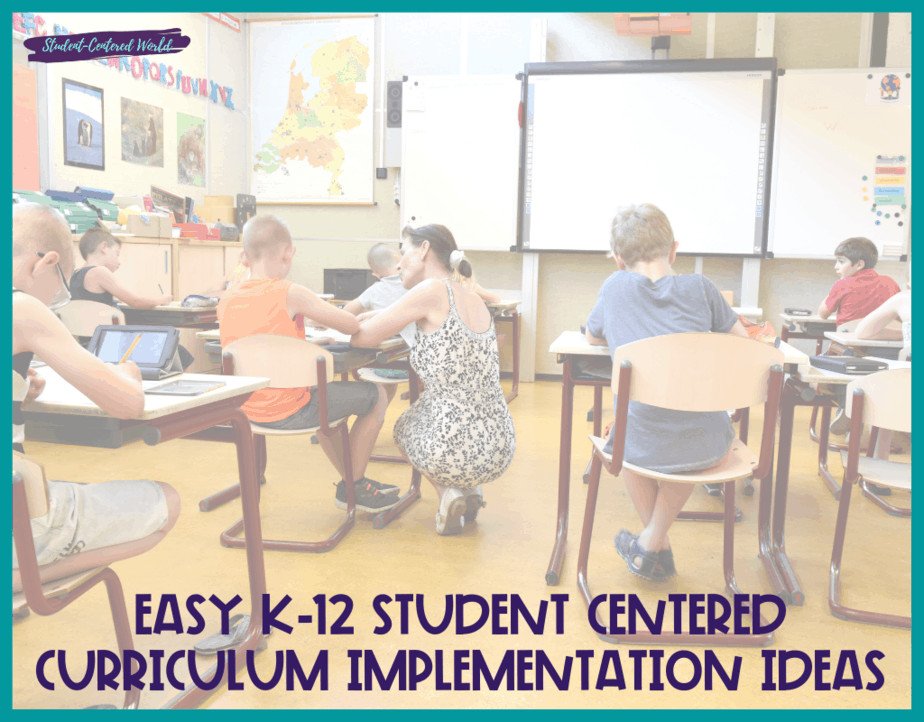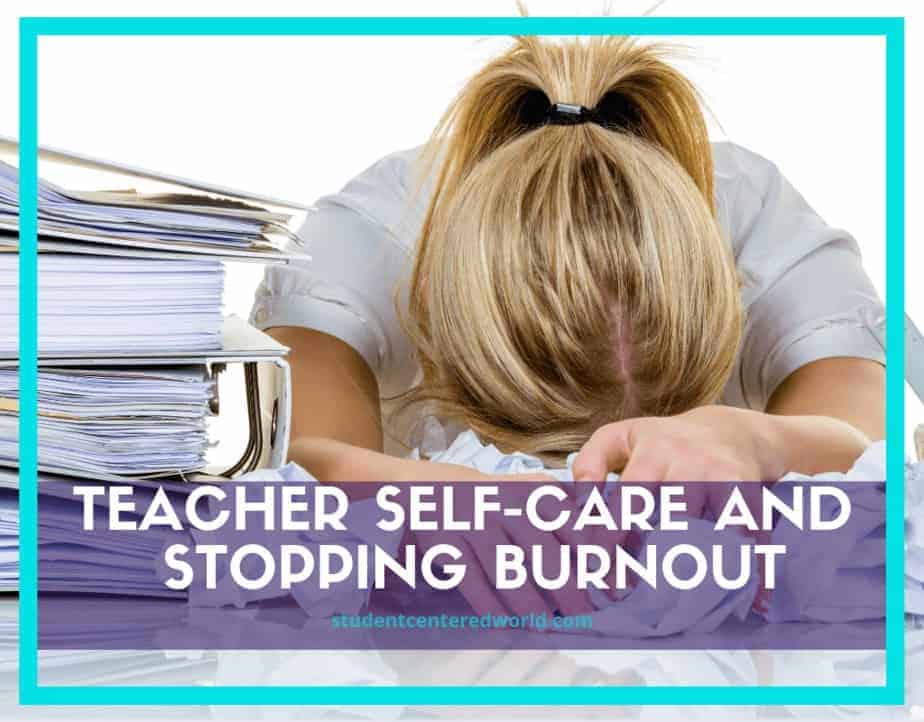Student Centered Curriculum Design and Learning Ideas
A student centered curriculum is built on the belief that students should have both the choice and the responsibility to determine their learning needs and how to address them. This approach encourages students to dive deeper into content, engaging more thoroughly than they would in a traditional teacher-centered model.
Enhanced Knowledge and Engagement
In a student-centered classroom, students don’t just memorize information; they actively engage with it. This leads to a deeper understanding and long-term retention of the material. With proper teacher guidance and facilitation, students naturally differentiate their learning, understanding what they need to succeed in the classroom. By fostering a learner-centered curriculum, teachers encourage students to take an active role in their own learning.
Utilizing project-based learning and small groups, students work at their own pace, addressing real-world problems and their unique needs. This learner-centered design contrasts with the traditional teacher-centered approach, placing students at the center of the learning process.
Direct instruction is supplemented with interactive activities, engaging students through their interests and individual needs. In both high school and higher education settings, this method promotes active engagement, ensuring that student voices are heard. Group projects and inquiry-based learning become powerful tools in this dynamic learning environment, helping students tackle real-world challenges and develop self-directed learning skills. Faculty members in a student-centered environment adapt their teaching style to meet the needs of individual students, integrating best practices and effective instructional design to support student success.
Shifting the Teacher’s Role
A student-centered curriculum doesn’t introduce new educational materials but re-packages and delivers existing content in different ways. Traditionally, teachers are seen as distributors of knowledge, while students are passive recipients. This model flips that dynamic, making students active participants in their learning process. Importantly, the teacher remains a crucial part of this process, guiding and facilitating rather than merely delivering content. By incorporating student-centered instruction, teachers adapt to the needs of the students, ensuring that the learning experience is tailored to each student’s unique requirements.
This approach allows students to take ownership of their own education, emphasizing student voice and active participation. Teachers’ roles evolve to focus on facilitating and encouraging students through various methods, such as flipped classrooms, project-based learning, and service learning. Examples of student-centered learning, such as interactive simulations and small teams, demonstrate how students can address complex problems in diverse contexts.
This learner-centered model is effective for all levels of education, from primary schools to college students, including English language learners. By integrating online resources and teaching materials that align with students’ interests, teachers create engaging and relevant learning experiences.

This shift from a traditional model to a learner-centric approach also emphasizes professional development and the use of SCL practices to support future success. Through this dynamic design process, teachers can manage time effectively, build strong relationships, and help students set and achieve their goals, ultimately placing them at the center of the learning process.
The Misconception of Teacher Obsolescence
A common concern is that student-centered learning makes the teacher’s role obsolete. This is a misconception. Effective student-centered classrooms involve teachers actively engaging with students, not merely supervising them. Busy work is not the goal; instead, each assignment is crafted to lead students toward mastery of subject matter and content standards. Teachers play a critical role in identifying and addressing students’ needs, utilizing curriculum development models that consider the diverse interests of the students.
In a learner-centred approach, teachers use a variety of teaching materials and methods, such as flipped classrooms and personalized goal setting, to meet the unique needs of each student. This approach is effective across different contexts, from primary school to college students, including those pursuing a master’s degree. By incorporating quantitative data and personal experiences, teachers can develop an effective approach to instruction, managing time efficiently while ensuring each student is at the centre of the learning process.
This dynamic method allows for new learning opportunities and student choices, fostering an environment where students can thrive within given time limits and achieve their educational goals.
Engagement and Differentiation with a Student Centered Curriculum
Student engagement increases dramatically in a student-centered learning environment. While gaining buy-in from all students may take time, once achieved, students become more willing to tackle any task presented. They also provide honest feedback about assignments, contributing to a dynamic and responsive classroom environment. This approach naturally differentiates instruction without adding to the teacher’s workload.
In contrast to teacher-centered learning, student-centred learning focuses on meeting unique student needs and preferences. This approach serves as a powerful tool for educators in any classroom setting.

By incorporating various teaching materials and methods, such as flipped classrooms, teachers can effectively manage their time while catering to students’ choices and perspectives. This shift not only enhances the learning experience but also addresses the diverse needs of students, ensuring a more personalized and engaging educational journey.
Easier and Less Stressful for Teachers
Once established, a student-centered curriculum can actually make teaching easier and less stressful. It allows teachers more time to build individual relationships with students and pursue personal interests outside of school, traditionally consumed by work-related tasks. By adopting innovative teaching methods such as the flipped classroom, educators can optimize their time management and create a more efficient learning environment.

This approach enables teachers to focus on selecting effective teaching materials that cater to the diverse needs of their students, including college students. From the students’ perspective, this model fosters a more engaging and personalized learning experience, encouraging active participation and a deeper understanding of the subject matter.
Meaningful Learning for Generation Z and Generation Alpha
Creating meaningful learning experiences is crucial for Generation Z, who are our older students (looking at both the high school and college student). Contrary to misconceptions, they are willing to work hard when they find content relevant and engaging. A student-centered approach helps teachers make content meaningful, fostering authentic engagement and encouraging the development of problem-solving and critical thinking skills.
For Generation Alpha, our younger students, the need for engaging and relevant content is even more pronounced. Growing up in an increasingly digital world, these students are accustomed to interactive and immediate learning experiences. A student-centered curriculum that incorporates technology and real-world applications can capture their interest and motivate them to excel.
By using methods such as project-based learning and interactive simulations, educators can create dynamic learning environments that resonate with Generation Alpha. This approach not only enhances their engagement but also builds essential skills for their future, including adaptability, creativity, and digital literacy.
Addressing Resistance
Resistance to a student-centered approach often stems from traditional training, which emphasizes student compliance. However, the goal is mastery, not compliance. By creating meaningful moments and relationships, teachers can excite students about learning without additional work, just a different approach. This shift involves selecting teaching materials that resonate with students’ interests and using innovative teaching methods that promote active engagement.
By integrating interactive activities and real-world applications, educators can create a more dynamic and responsive classroom environment. This approach not only addresses diverse learning needs but also enhances students’ intrinsic motivation, making learning a more enjoyable and effective process.

Authentic Engagement and Real-World Skills
A student-centered curriculum engages students authentically, making them active participants in the educational process. This method prepares them for the real world, emphasizing collaboration, critical thinking, and problem-solving skills necessary for 21st-century success. By carefully selecting teaching materials that are relevant and stimulating, educators can further enhance student engagement and learning outcomes.
Additionally, employing diverse teaching methods, such as project-based learning, flipped classrooms, and interactive simulations, helps cater to different learning styles and needs. This multifaceted approach ensures that students are not only absorbing information but also applying it in meaningful ways, thereby developing a deeper understanding and a stronger skill set for future challenges.
Getting Started with a Student-Centered Curriculum
Creating a student-centered curriculum is not as daunting as it seems. Here are three steps to get started:
- Envision Your Curriculum: Define what you want your students to know, understand, and do. Set clear goals and consider how to make the curriculum relevant, engaging, and meaningful.
- Build Your Curriculum: Develop detailed plans for each goal, topic, and objective. Include hands-on activities, make connections between prior knowledge and new ideas, and ensure the material is engaging.
- Incorporate Your Curriculum: Plan how and when to introduce your new curriculum. Connect it to existing knowledge, provide opportunities for practice and discussion, and relate learning to real-world contexts.
By following these steps, you can create a dynamic, student-centered learning environment that fosters deep learning and student success. Share your innovative ideas and practices with colleagues to contribute to a more engaging and effective educational approach.
Additionally, continually seek out professional development opportunities to stay updated on the latest teaching materials and methods. Engaging in collaborative discussions and workshops with other educators can provide fresh insights and strategies to further refine your approach. Embracing a growth mindset and being open to feedback will help you adapt and improve your teaching practices, ultimately creating a richer and more supportive learning experience for your students.
Stop Driving the Teacher Struggle Bus
Are you struggling with student engagement, apathy, or keeping your class on track?
💫💫 There’s hope! 💫💫
If you’re ready to take the first step towards reviving student engagement and transforming your classroom, I invite you to join me for my free workshop “Reversing Student Apathy” designed to equip educators with innovative strategies that work.
This interactive workshop will provide an invaluable opportunity for educators to explore the complex factors contributing to student apathy. By examining underlying causes and discussing broad strategies, participants will be equipped to make meaningful changes in their teaching methods. The sessions are designed to be engaging and collaborative, allowing educators to share experiences and develop a collective approach to overcoming challenges in student engagement.
The workshop will also emphasize the importance of community and network building among educators. Participants will be encouraged to connect with one another, sharing insights and strategies that have been effective in their own classrooms. This network will serve as a continued resource, offering ongoing support as educators implement new tactics to inspire their students.
Highlights of the workshop include:
- A deep dive into the roots of student apathy and its impact on learning.
- General strategies for enhancing classroom dynamics to better engage students.
- The role of educator-student relationships in fostering a more inviting and interactive learning environment.
- Broad discussions on integrating innovative approaches to teaching that resonate with today’s students.
Each educator attending the workshop will gain access to a variety of general resources aimed at enriching the educational experience. Furthermore, an online community will be available for post-workshop engagement, allowing for sustained collaboration and support among peers.
This workshop is an excellent fit for teachers, administrators, and educational professionals who are passionate about reversing the trends of student disengagement and nurturing a more dynamic and responsive educational atmosphere. It presents a unique chance to join forces with like-minded professionals determined to make a significant impact on the academic and personal lives of their students.
As we strive to address these pressing challenges, the workshop offers a platform to unite and empower educators from diverse backgrounds. Registration is essential as spaces are limited, ensuring a focused and productive environment for all participants.
Don’t miss this chance to be part of a pivotal movement in education. Please register today and be part of the solution, helping to reignite enthusiasm and engagement among students and setting them on a path toward a more successful and fulfilling academic experience. Join us as we take proactive steps toward a brighter educational future.
This article was originally published on May 8, 2021







